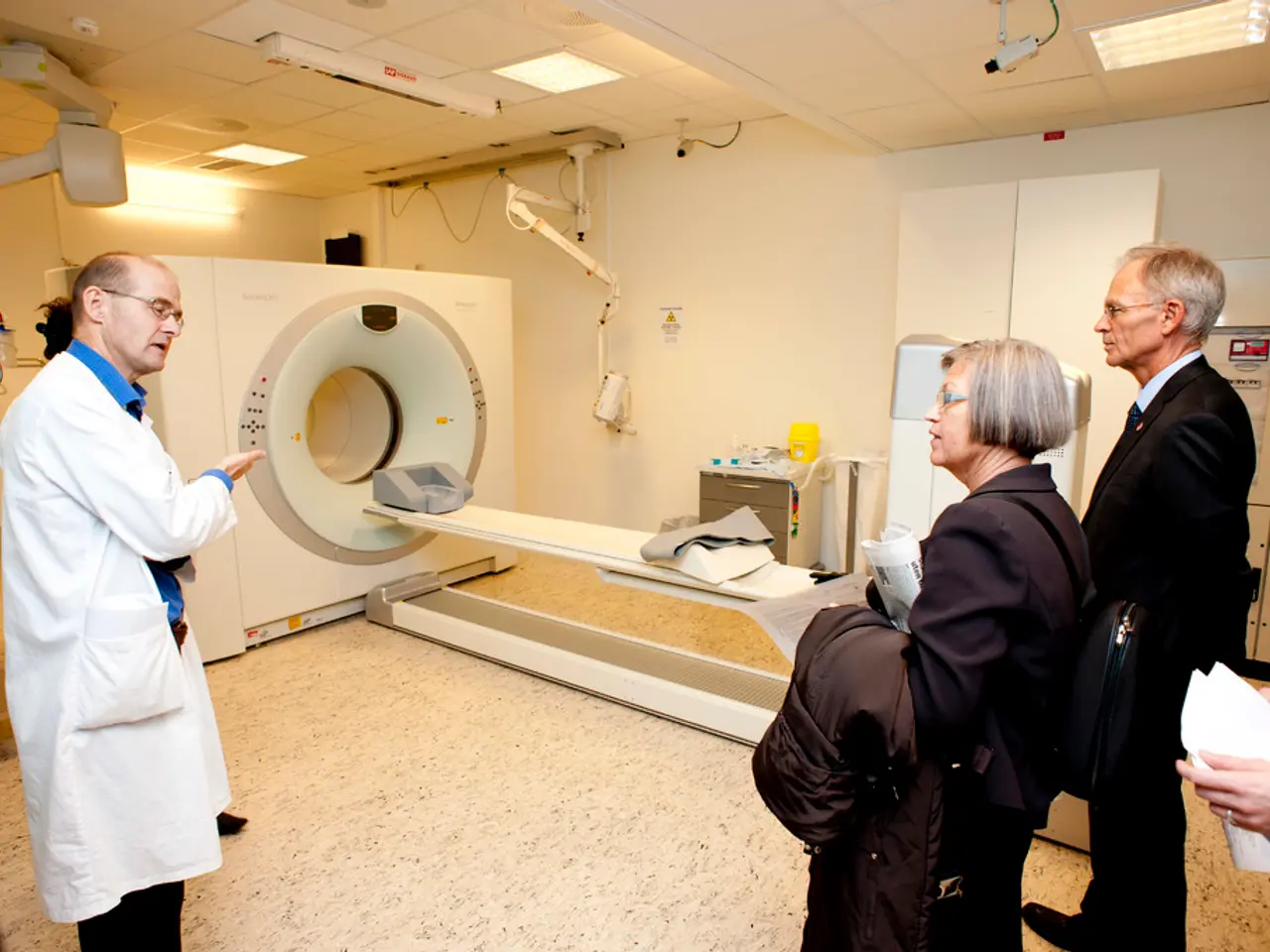Impact of Designers' Contextual Background on Idea Generation and Design Results
In a recent study, researchers have discovered a significant connection between the contextual experience of novice designers and the outcomes of their design tasks. This groundbreaking research highlights the importance of considering contextual experience in the design process for inexperienced designers.
The study employed objective ratings of design outcomes and electroencephalography (EEG) to measure the effect of contextual experience on the design process. EEG quantifies cognitive workload, attention, and emotional engagement during design tasks, while objective user ratings evaluate the usability and satisfaction of the final design.
Key findings of the study include:
- Contextual understanding guides the design process: Novice designers, immersed in the user's context through methods like contextual inquiry and user-centered design (UCD), are better equipped to define user requirements and ideate appropriate design solutions that align with real-world use scenarios.
- EEG metrics reveal cognitive states during design: By measuring designers' mental workload, attention shifts, and emotional responses in real-time as they engage with design tasks, EEG data can identify moments of cognitive overload or uncertainty in novice designers, indicating areas where contextual experience might reduce strain or improve focus.
- Objective user ratings validate outcomes: Prospective users provide quantifiable feedback on usability, aesthetic appeal, and functionality, reflecting the quality and relevance of novices' context-aware designs. Higher user ratings often correlate with designs better aligned to real user contexts and needs.
- Integration of EEG and user ratings provides comprehensive evaluation: Combining physiological (EEG) data with subjective and objective user feedback helps assess how well novice designers translate contextual knowledge into effective design solutions and adapt their process as needed.
The study's results suggest that contextual experience may hinder the creative process in design tasks, particularly during the ideation phase. This could have implications for understanding and addressing the challenges faced by novice designers in generating innovative solutions. The research findings could potentially contribute to the development of design methods tailored for novice designers.
However, empirical studies quantifying these relationships with novice designers using EEG alongside prospective user ratings remain limited and are an evolving research area, necessitating further targeted investigation for conclusive patterns.
Thirty-three participants performed two design tasks as part of the study, with their cognitive states assessed using EEG. The objective ratings of design outcomes were analyzed to measure the effect of contextual experience.
In conclusion, the study demonstrates that novice designers with strong contextual experience tend to produce designs that demonstrate better alignment with user needs, as evidenced by lower cognitive load patterns via EEG during design and higher objective ratings from prospective users. This integration of neurophysiological and user-centered evaluation methods offers a quantifiable approach to understanding and improving novice design processes and outcomes.
- The study reveals that strong contextual experience can lead novice designers to create designs that better align with user needs, as demonstrated by lower cognitive load patterns through EEG during design and higher objective ratings from users, indicating a potential for technology in health-and-wellness through improved fitness-and-exercise equipment design.
- The findings from this research could pave the way for the development of education-and-self-development programs aimed at enhancing contextual understanding for novice designers, ultimately benefiting science as groundbreaking designs become more prevalent.




